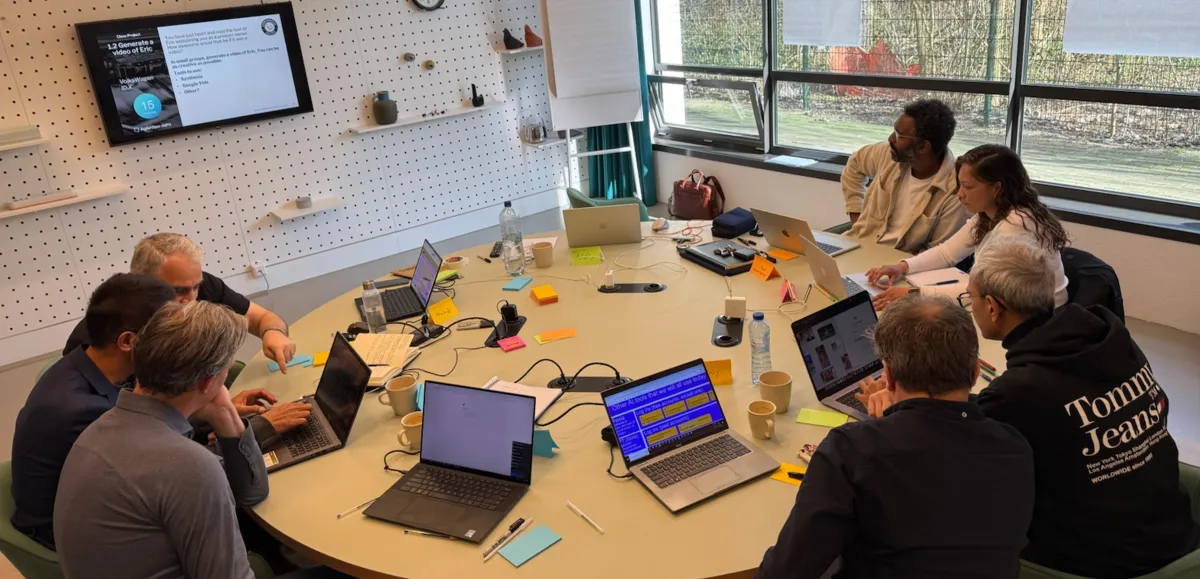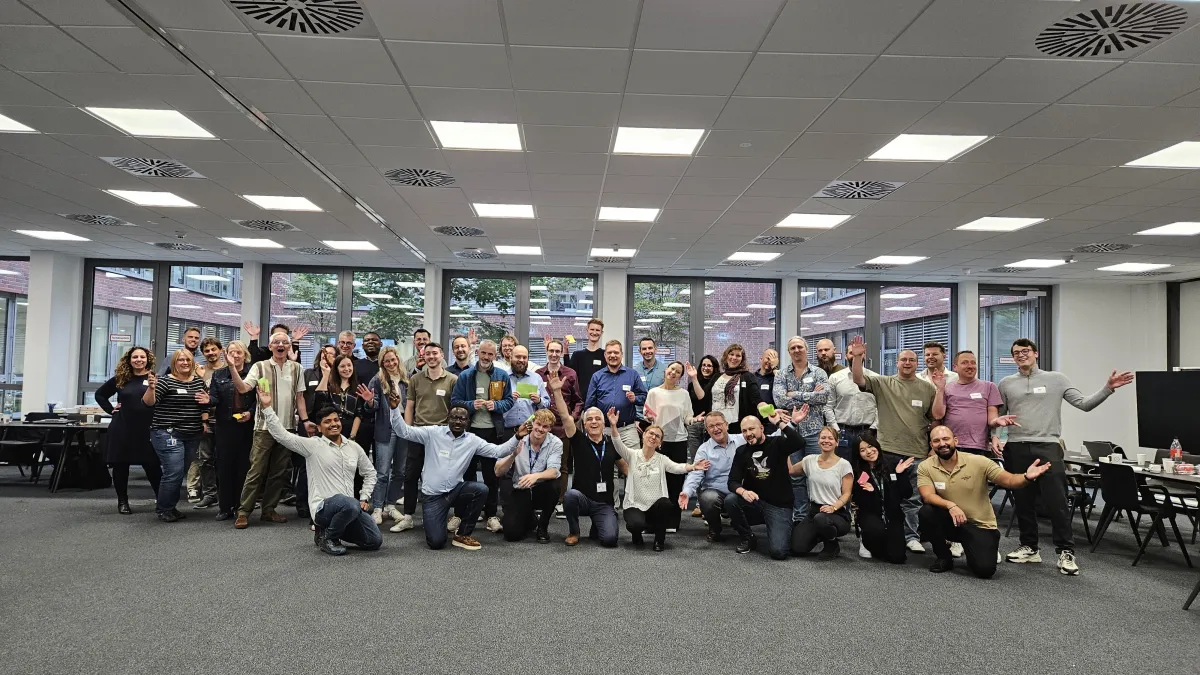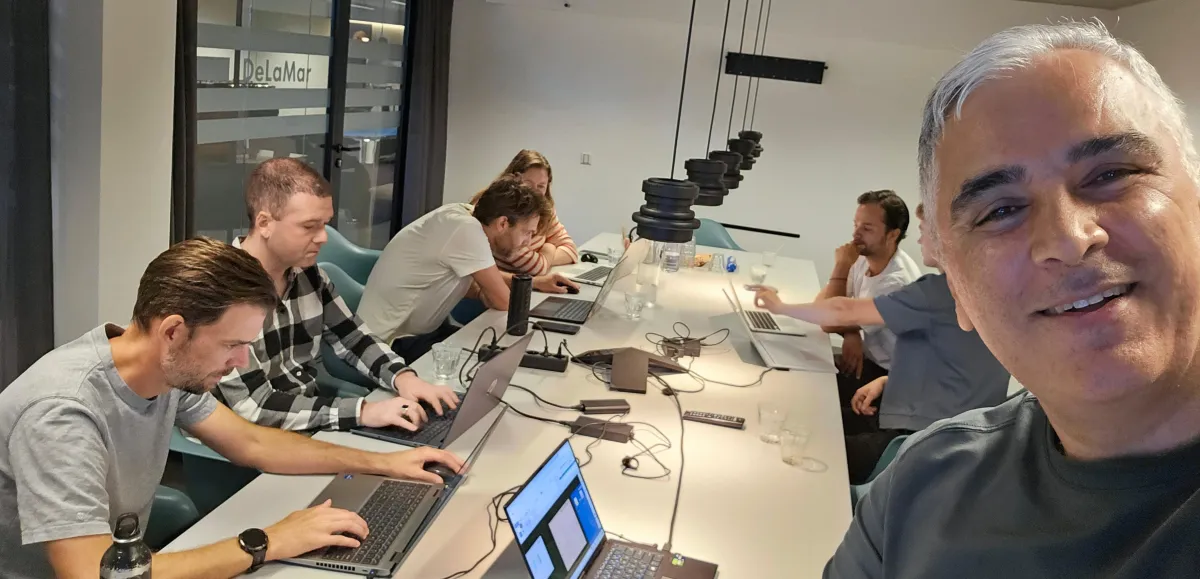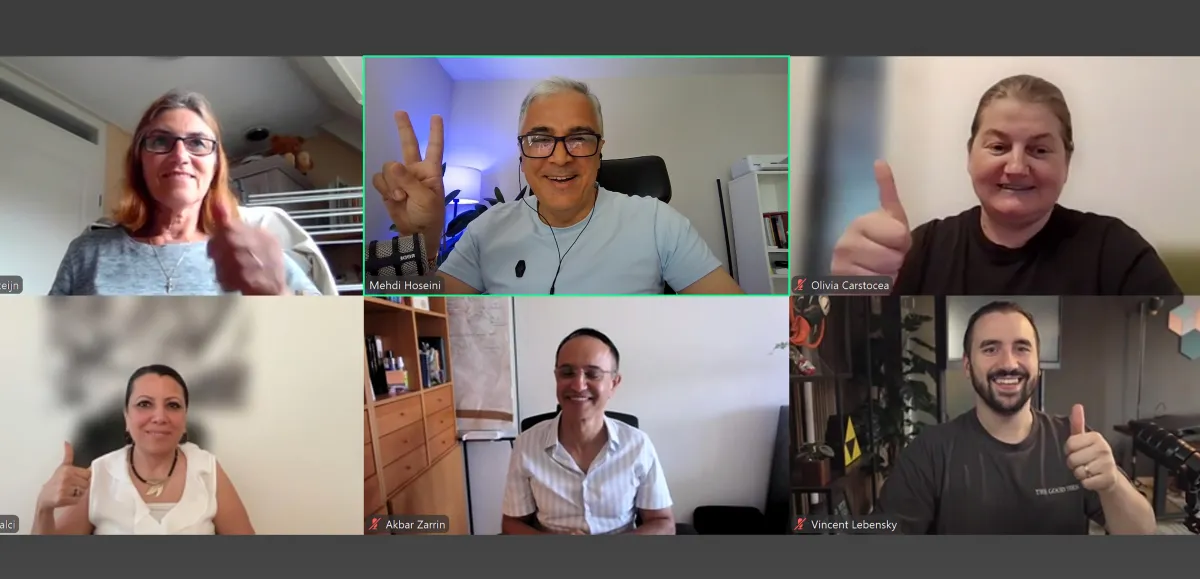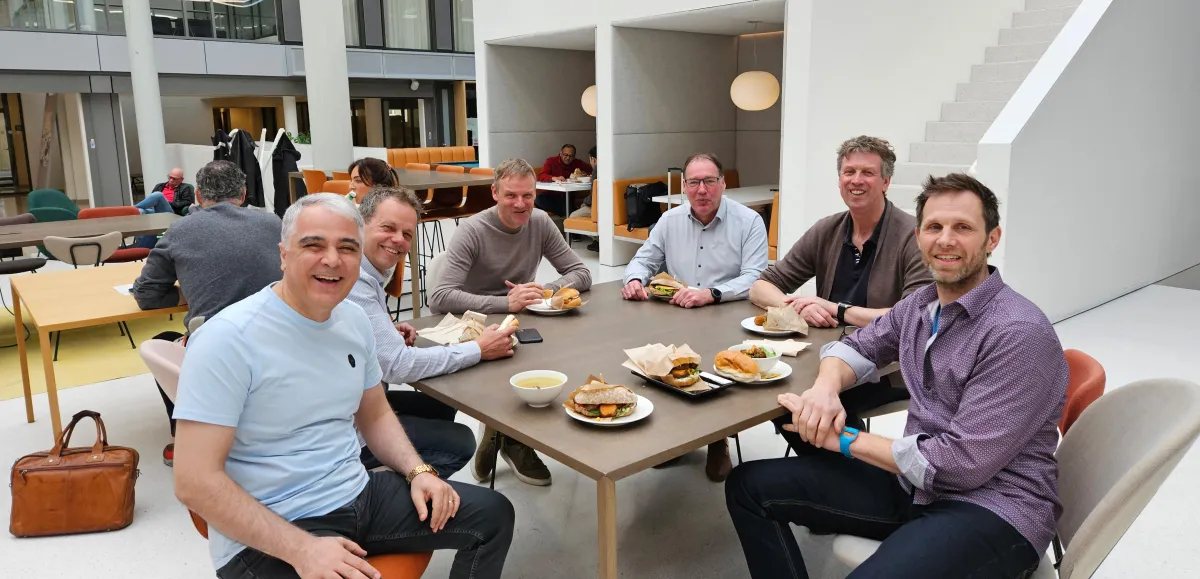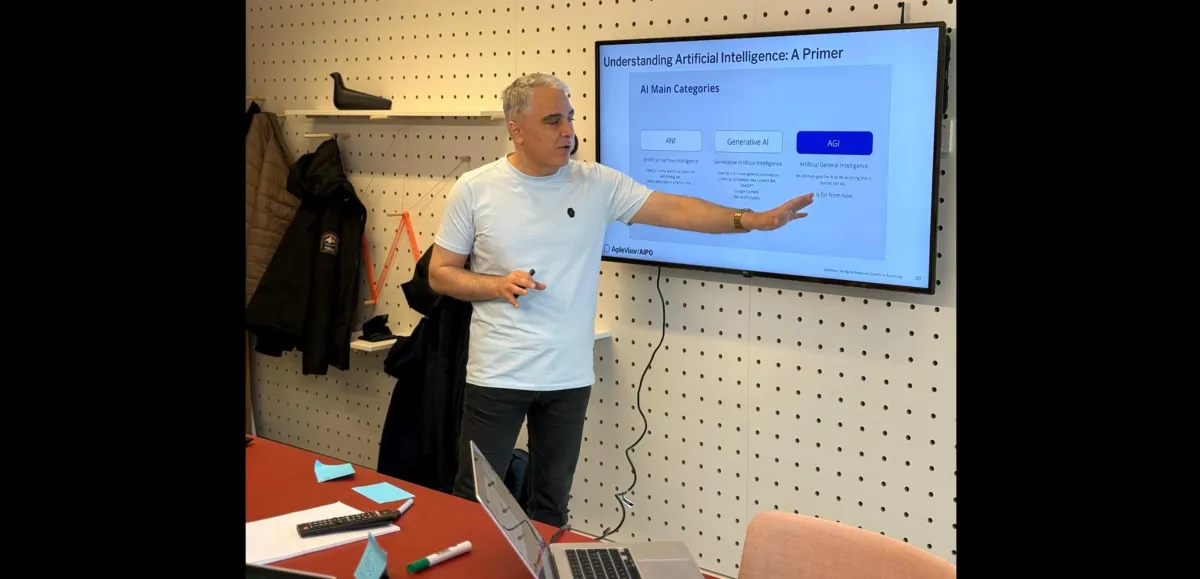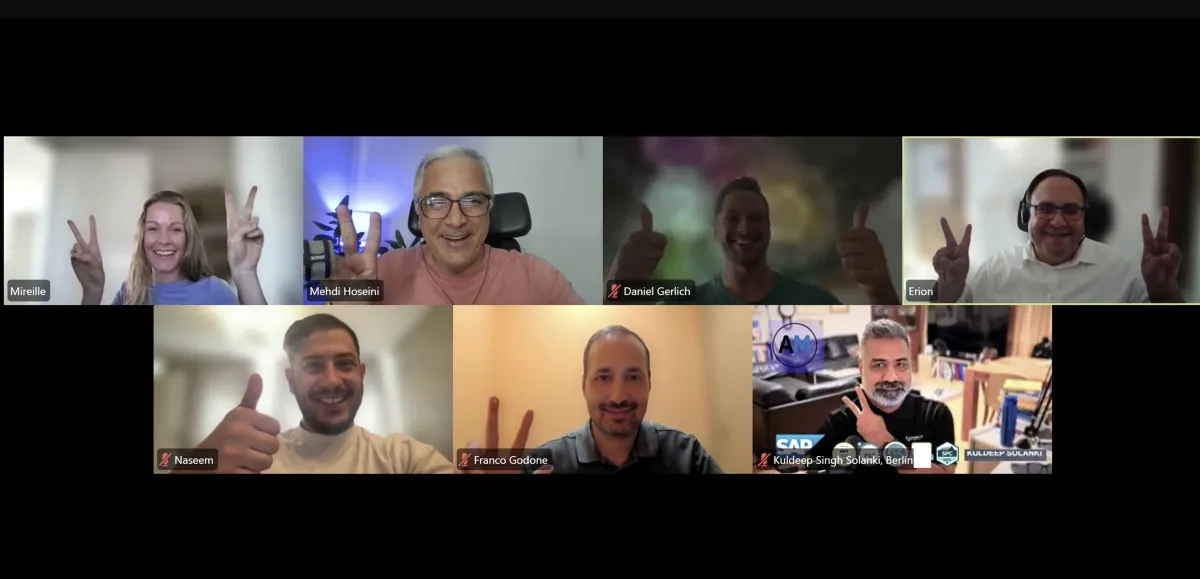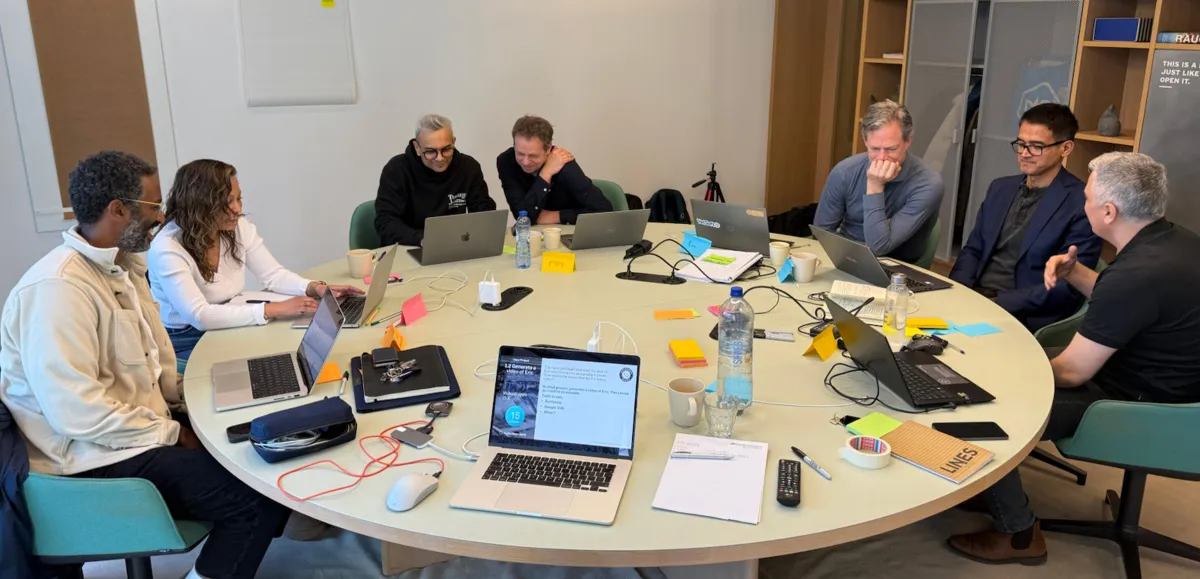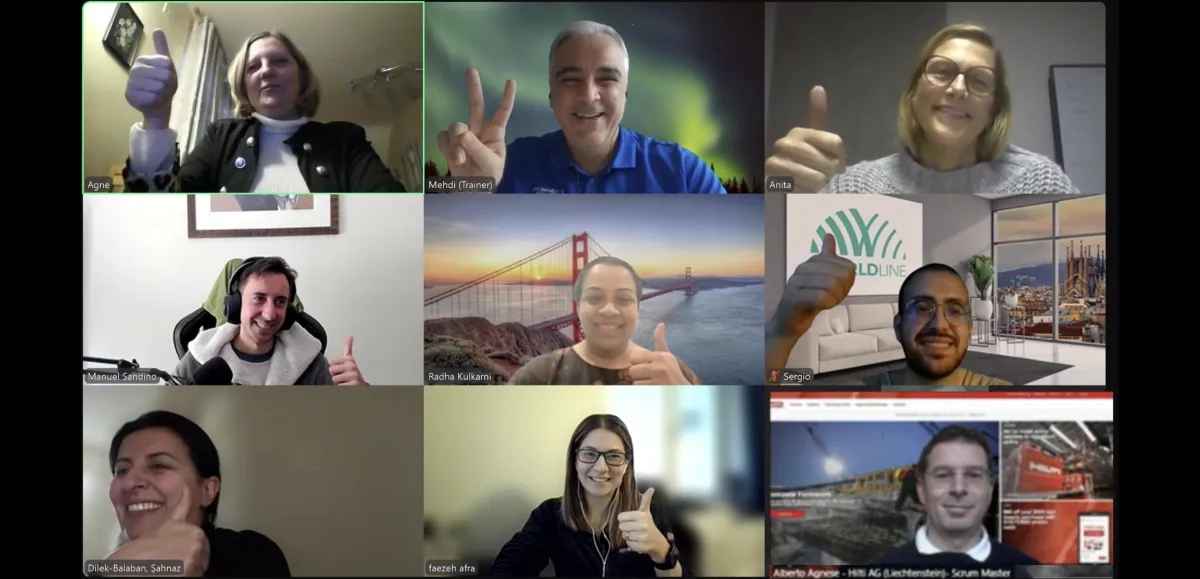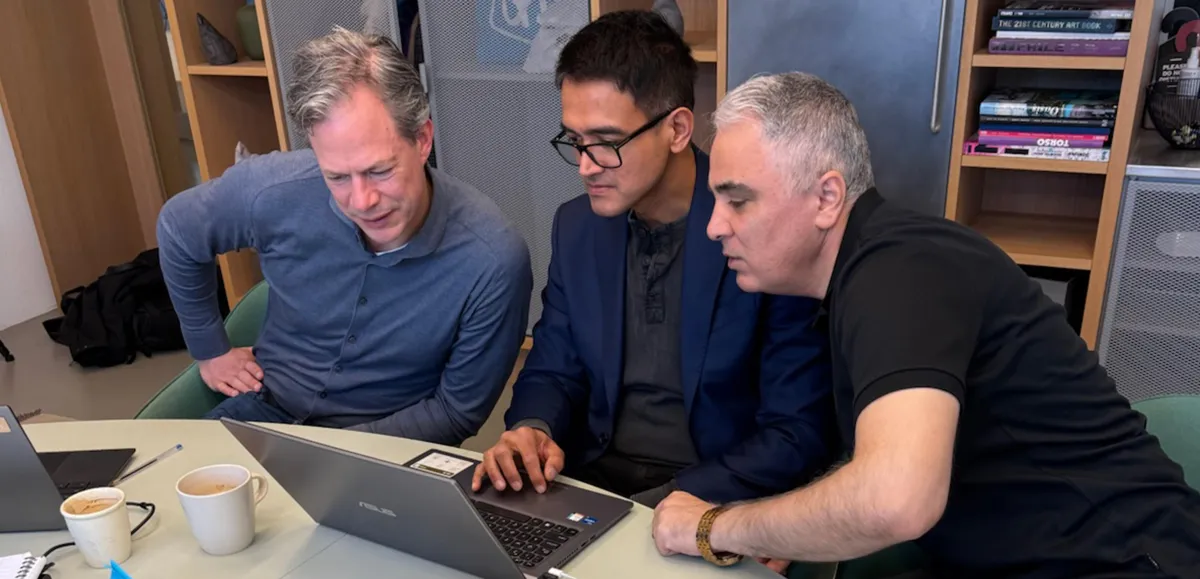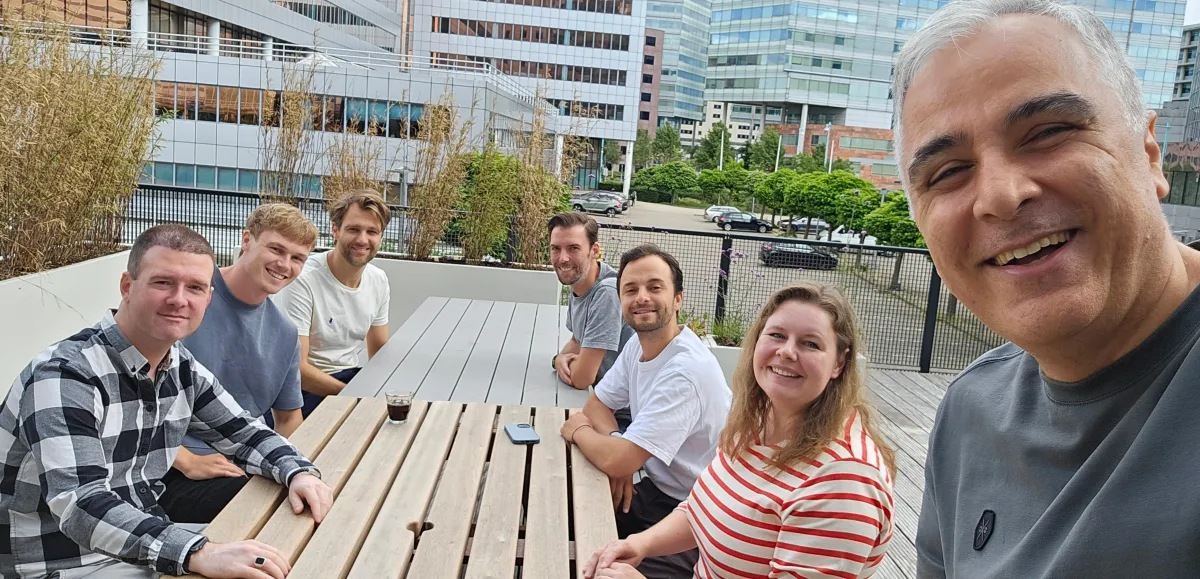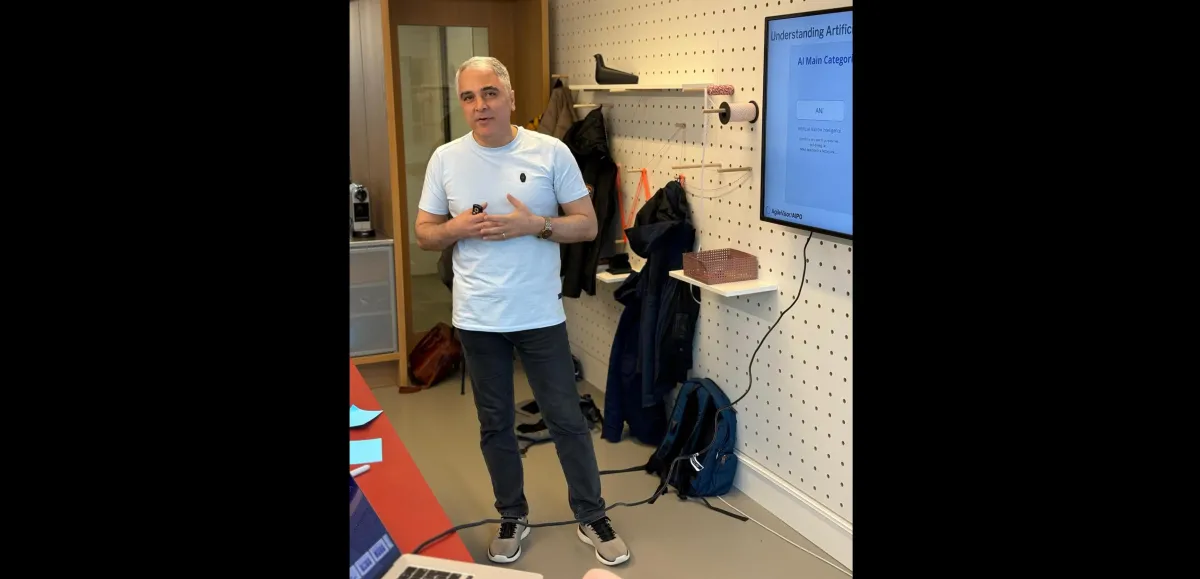
Black Friday Sale
40% - 50% OFF
(Nov 24 - Dec 1)
Usable for all classes in
December & January
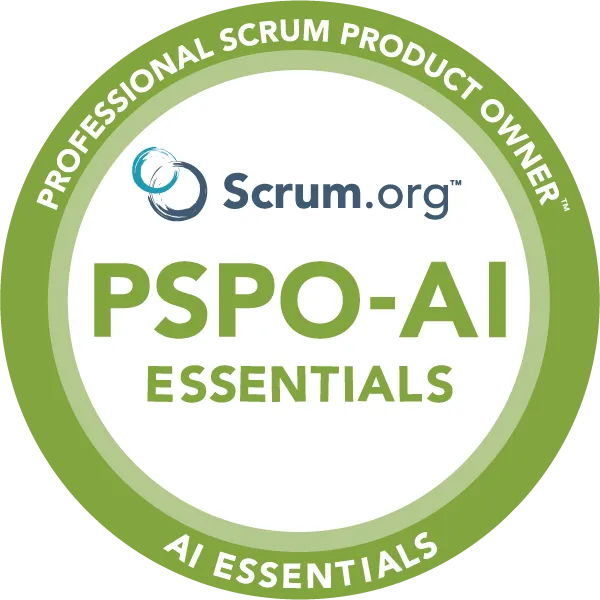
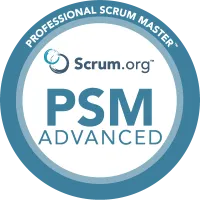
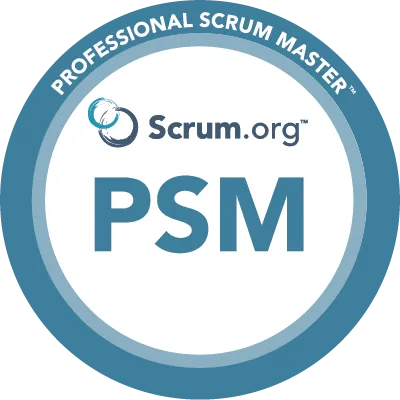
Deal 1 (Best Deal): Scrum Courses Bundle
Register for 3 courses and get 50% discount
895 EUR
Value

+
1,500 EUR
Value

+
1,500 EUR
Value

895 EUR
Value

+
1,500 EUR
Value

+
1,500 EUR
Value

Normal Price: €3,895
*** In a few days after your registration, we will contact you to choose a date for each class in December or January. ***
Deal #2: Single Course Registration
Professional Scrum Product OwnerTM - AI Essentials

Professional Scrum Product Owner – AI Essentials (PSPO-AI Essentials) is a one-day official course by Scrum.org helping Product People leverage AI capabilities in product management. It includes a bunch of practical exercises.

Live Virtual

English

1 day (8 hours)

9:00 – 17:00 CET
Available class dates:
• 12 Dec 2025
• 22 Dec 2025
• 8 Jan 2026
• 14 Jan 2026
• 19 Jan 2026
• 29 Jan 2026
*** You will choose your desired class date at the checkout page.
Normal Price: €895
Now: €537
40%
Off
Normal Price: €895
Now: €537
40% Off
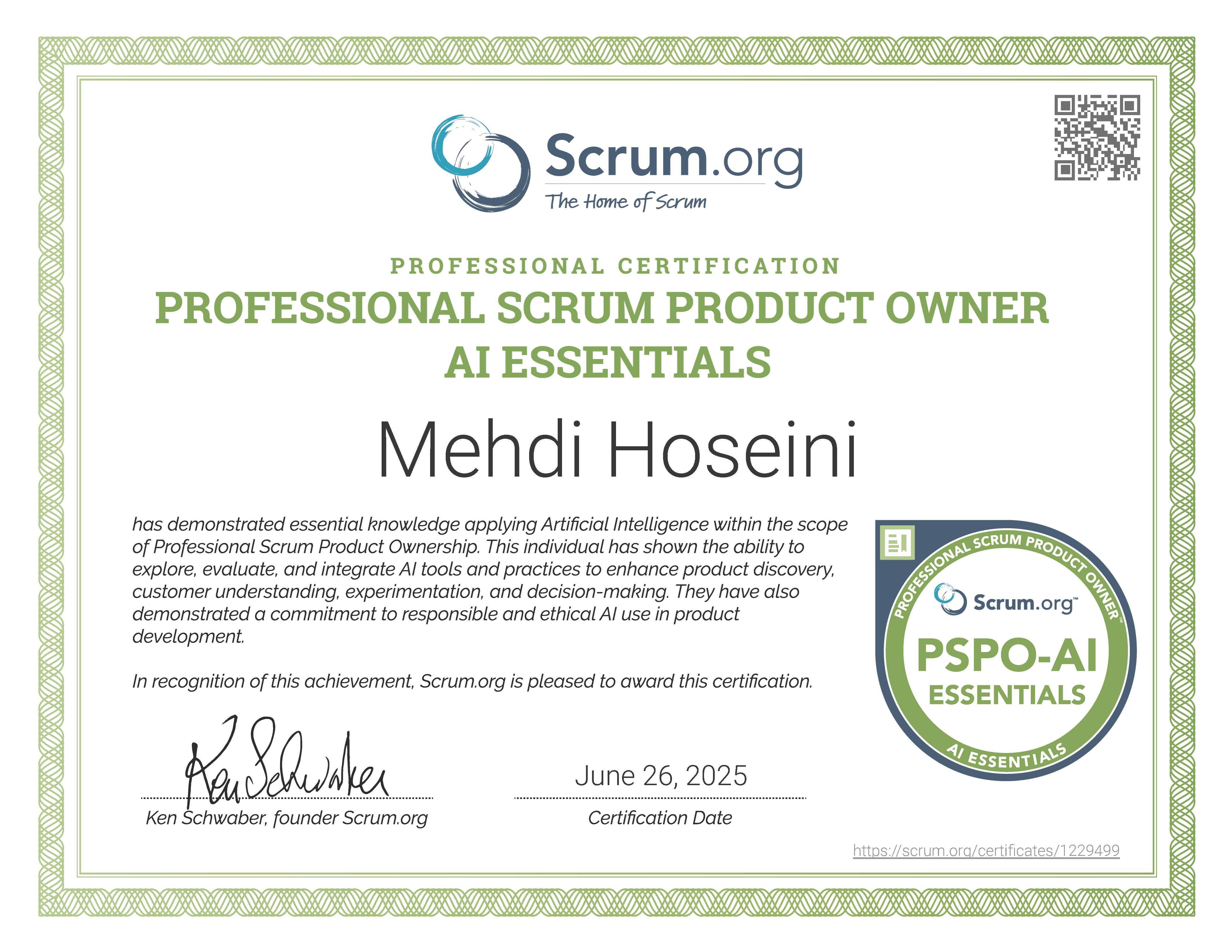
PSPO-AI Essentials Certificate
Professional Scrum Product Owner – AI Essentials (PSPO-AI Essentials) is evidence that you are an AI-aware product pro who knows how to leverage AI in product management. Exam specifications:
• Number of questions: 20
• Time limit: 30 minutes
• Passing score: 85%
• Format: Multiple Choice, Multiple Answer, True/False
• Lifetime certification - no annual renewal fee required
Note: PSPO-AI Essentials class participants have two attempts for the PSPO-AI Essentials exam included in the class fee.
What is the Value of the PSPO-AI Essentials Course?!
What you will learn in the PSPO-AI Essentials class
Introduction of NeoWagen (The main project of the class)
Leverage AI-generated videos to powerfully transform your product messages (like project kick-off message, product vision message, ...)
The primer and
basics of AI
Learn the theory and foundational concept behind AI (AI categories, AI Models, Training Models, LLMs, Tokenization, Prompt Engineering, RAG, Fine-tuning, ...)
Leveraging AI-generated podcasts and images
Use AI-generated podcasts to powerfully communicate your ideas with stakeholders + Apply AI-generated images to create user personas and a technique to build quality product vision.
AI-generated prototypes + AI-based Backlog management
Shift from build-first to test-first mindset with the power of AI-generated prototypes + Leverage AI as a Product Owner assistant to manage Product Backlog on a new level.
AI facilitator assistant + AI-enhanced product discovery + AI Agents
Learn how to facilitate your product meetings with AI, like Sprint Review, interview with customers, ... + Create AI Agents to do repetitive tasks and free up your time for strategic and critical work.
AI Security and Ethics
Learn how to ethically and responsibly use AI + get familiar with various regulatory rules and Ethical AI considerations (Bias, Explainability, Accountability, Environmental Impact, ...) + Understand how to secure and protect your data while using AI.
PSPO-AI Essentials Class Audience
Who is this class for?

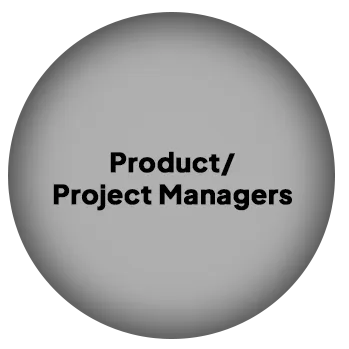

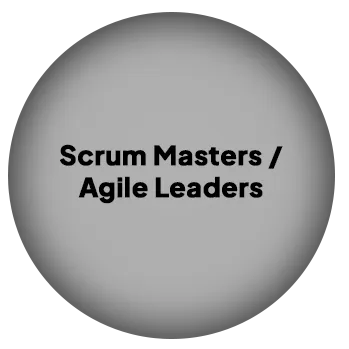
Deal #3: Single Course Registration
Professional Scrum MasterTM- Advanced

Professional Scrum Master - Advanced (PSM-A) is a 2-day official course by Scrum.org helping Scrum Masters deepen their Scrum skills and become a great Scrum Master.

Live Virtual

English

2 days (16 hours)

9:00 – 17:00 CET
Available class dates:
• 17-18 Dec 2025
• 6-7 Jan 2026
• 22-23 Jan 2026
*** You will choose your desired class date at the checkout page.
Normal Price: €1,500
Now: €900
40%
Off
Normal Price: €1,500
Now: €900
40% Off
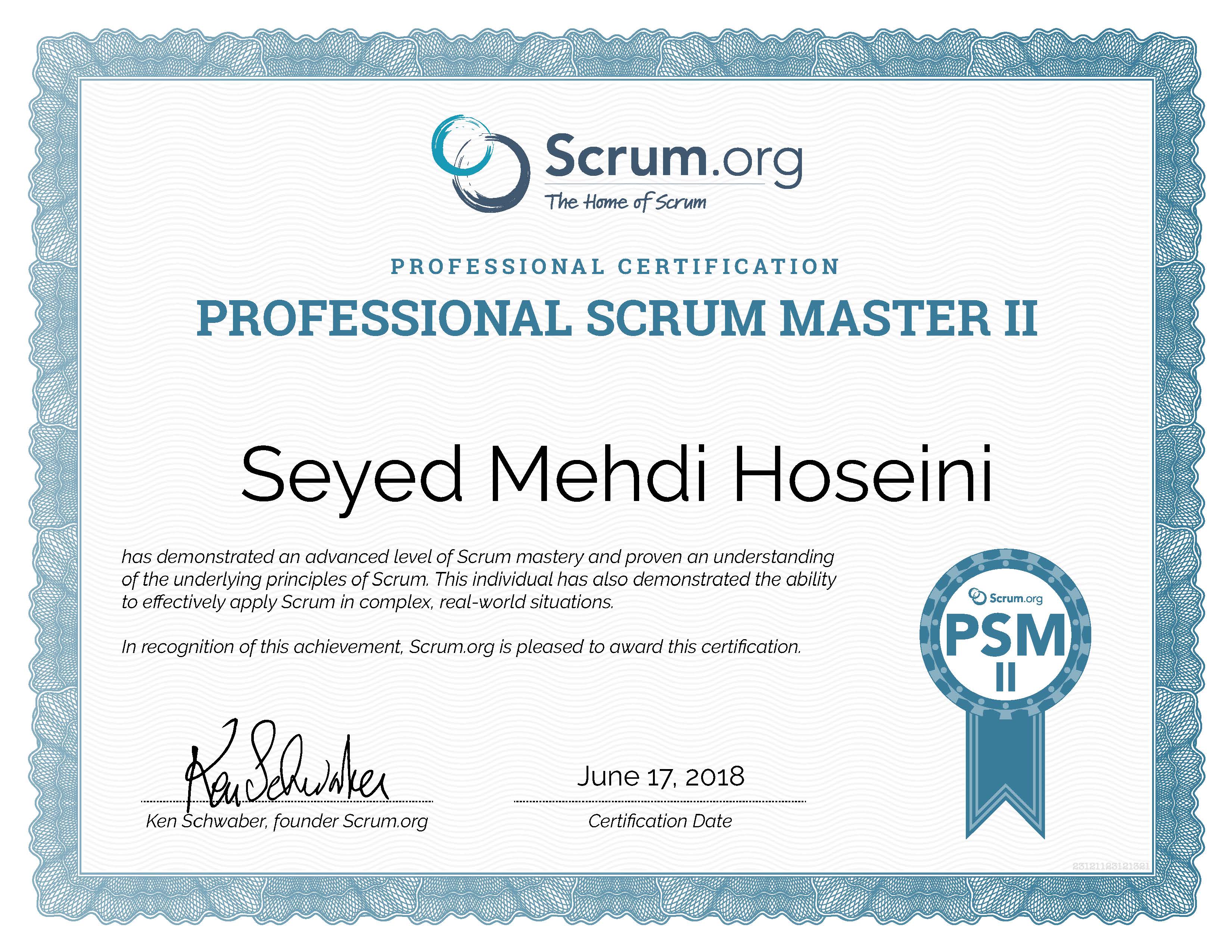
PSM II Certificate
Professional Scrum Master II (PSM II) is evidence that you have an advanced level of Scrum Mastery and know how to be a true product development orchestra conductor. Exam specifications:
• Number of questions: 30
• Time limit: 90 minutes
• Passing score: 85%
• Format: Multiple Choice, Multiple Answer, True/False
• Lifetime certification - no annual renewal fee required
Note: PSM-A class participants have two attempts for the PSM II exam included in the class fee.
Advanced Scrum Master is like a great Orchestra Conductor
What you will learn in the PSM-A class
Understanding and Applying the Scrum Framework
Learn about the practices and values that make a Scrum Master valuable to an Agile organization.
Developing People
and Teams
Lead, mentor, and coach team members to help them optimize their contribution to Scrum teams.
Decision Making
Sharpen your decision-making skills using Scrum principles and the Scrum Master's perspective.
Managing Products with Agility
Learn to support the Developers and the Product Owner as a Scrum Master.
Developing and Delivering Products Professionally
Understand strategies used by Scrum Masters to plan, manage, and mitigate risk.
Evolving the Agile Organization
Learn how to mold the organizational culture and design to let the organization increase agility.
Conflict Resolution
Learn about various levels of conflicts and tools to resolve them.
Misunderstood & Preferred Stances of Scrum Master
Be aware of the bad definition of Scrum Master in the market and migrate to the right definition.
Working with Goals
Learn how to create and leverage three levels of goals including Sprint Goal, Product Goal, and Product Vision.
PSM-A Class Audience
Who is this class for?
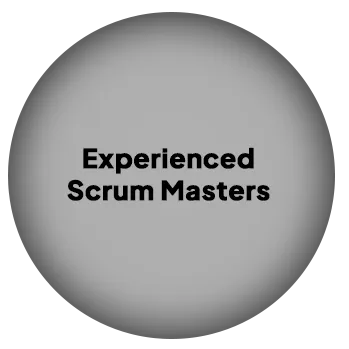
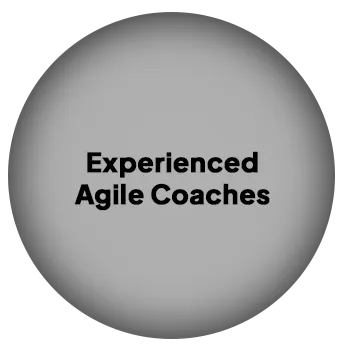
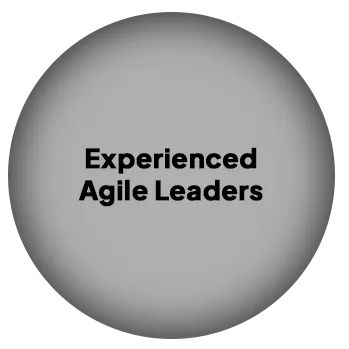
Deal #4: Single Course Registration
Professional Scrum MasterTM

Professional Scrum Master (PSM) is a 2-day official course by Scrum.org helping people start their Scrum journey professionally.

Live Virtual

English

2 days (16 hours)

9:00 – 17:00 CET
Available class dates:
• 3-4 Dec 2025
• 12-13 Jan 2026
• 26-27 Jan 2026
*** You will choose your desired class date at the checkout page.
Normal Price: €1,500
Now: €900
40%
Off
Normal Price: €1,500
Now: €900
40% Off
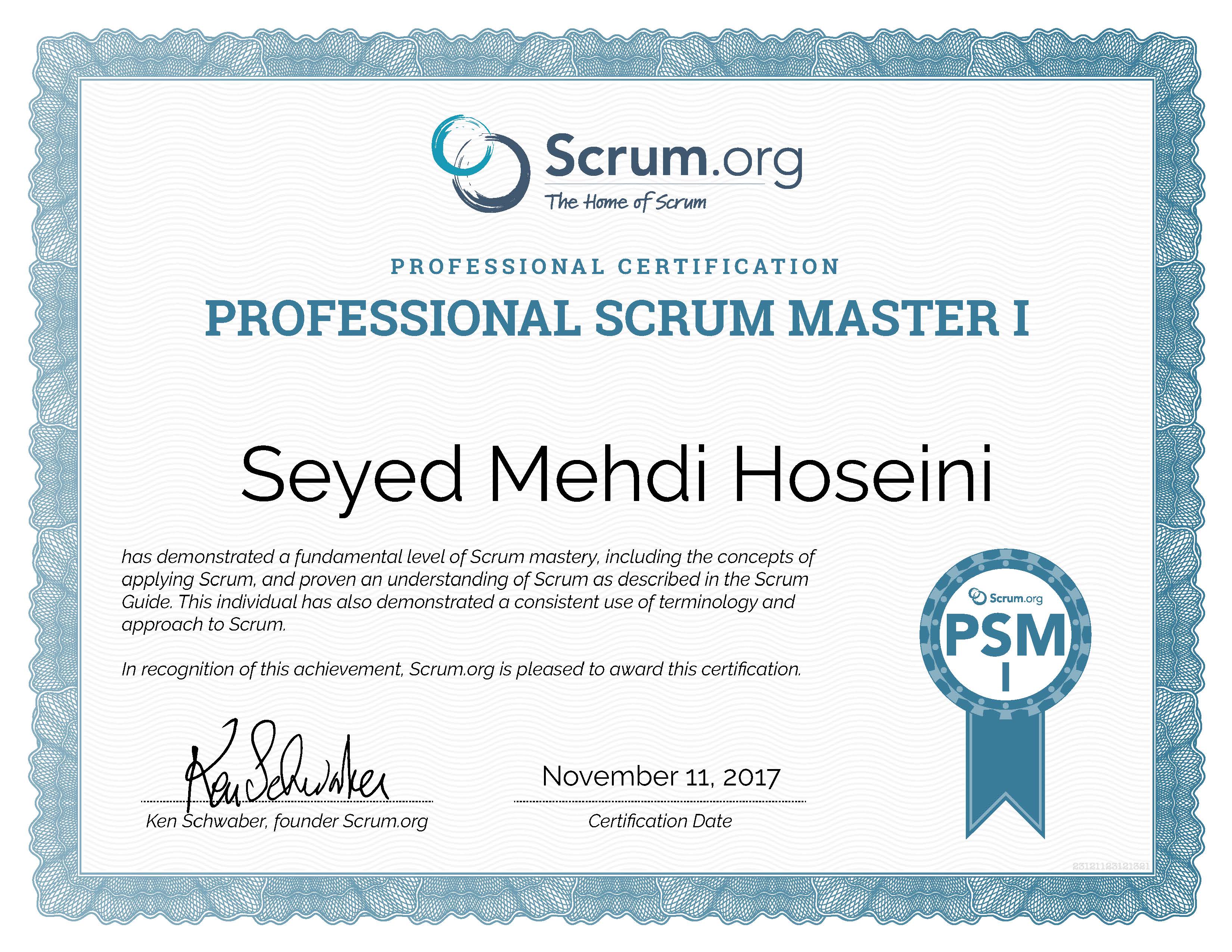
PSM I Certificate
Professional Scrum Master I (PSM I) is the most popular certificate of Scrum.org. It is the most difficult entry-level exam for Scrum in the market.
Exam specifications:
• Number of questions: 80
• Time limit: 60 minutes
• Passing score: 85%
• Format: Multiple Choice, Multiple Answer, True/False
• Lifetime certification - no annual renewal fee required
Note: PSM class participants have two attempts for the PSM I exam included in the class fee.
Have you seen Scrum like an iceberg?!
This is the true way to see Scrum
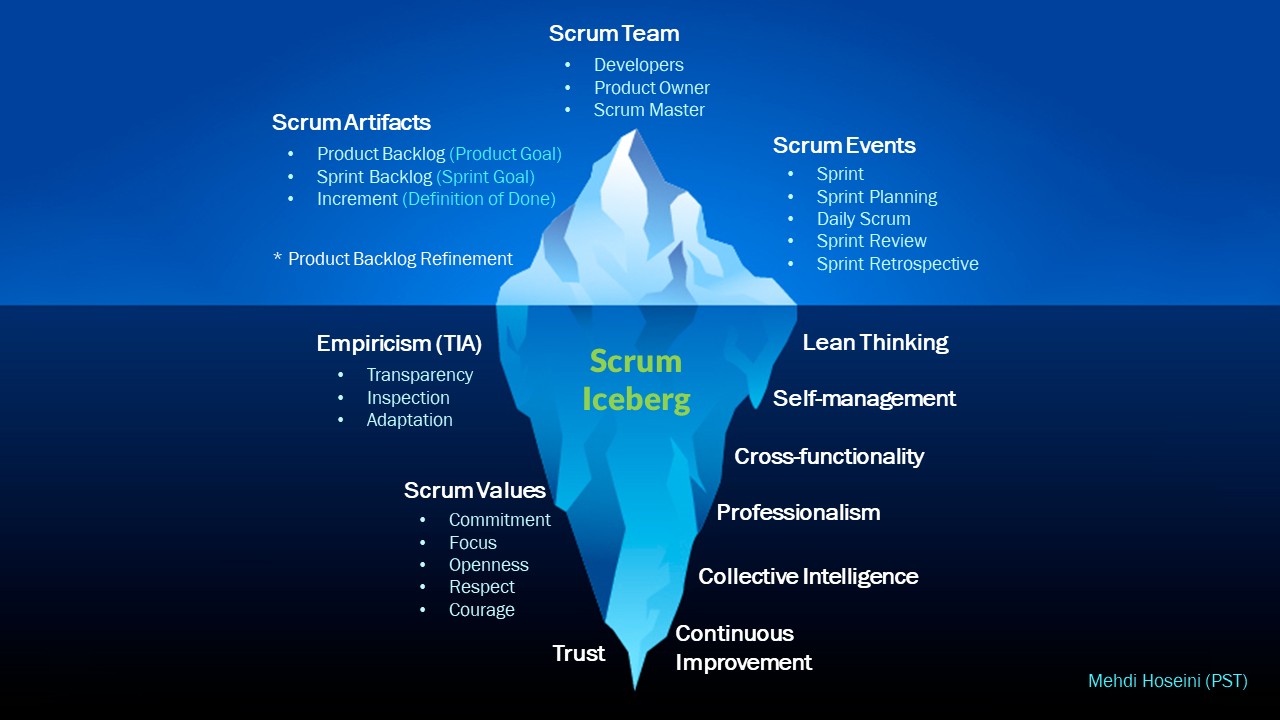
What you will learn in the PSM class
Empiricism
The way you learned riding a bicycle;
learn by doing.
Overcoming Unknowns
Think of the early days of Instagram when its builders didn’t know what exactly their users wanted.
Agility
Learn a way by which Tesla could take a big share of the car industry in a few years!
Scrum Team
Why is a self-managing and cross-functional team required?!
(A team of Product Owner, Scrum Master, and Developers)
Scrum Events
How to run effective Sprint Planning, Daily Scrum, Sprint Review, and Sprint Retrospective.
Scrum Artifacts
How to keep the transparency up by Product Backlog, Sprint Backlog, and Increment!
Scrum Values
Guidelines to develop constructive and professional behaviors.
Estimation
High-level understanding of your next step with learning how to estimate your work.
Scrum Master Role
Take the lead of the product development orchestra to establish a Scrum-friendly environment where value is delivered fluently.
Product Goal
How to align the team around a mid-term or long-term goal of the product.
Sprint Goal
How to create a short-term goal to concentrate the team’s energy on a single objective each Sprint.
Definition of Done (DoD)
Learn what DoD is and how it enhances the quality of the product.
PSM Class Audience
Who is this class for?
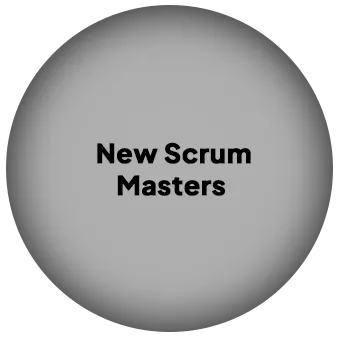
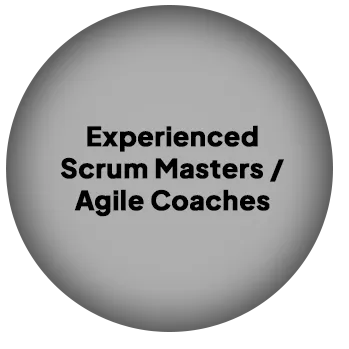
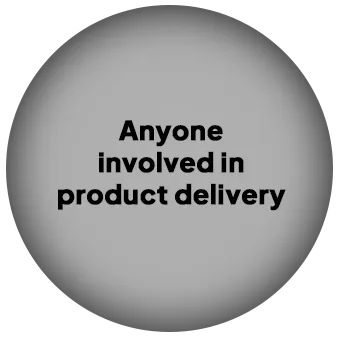
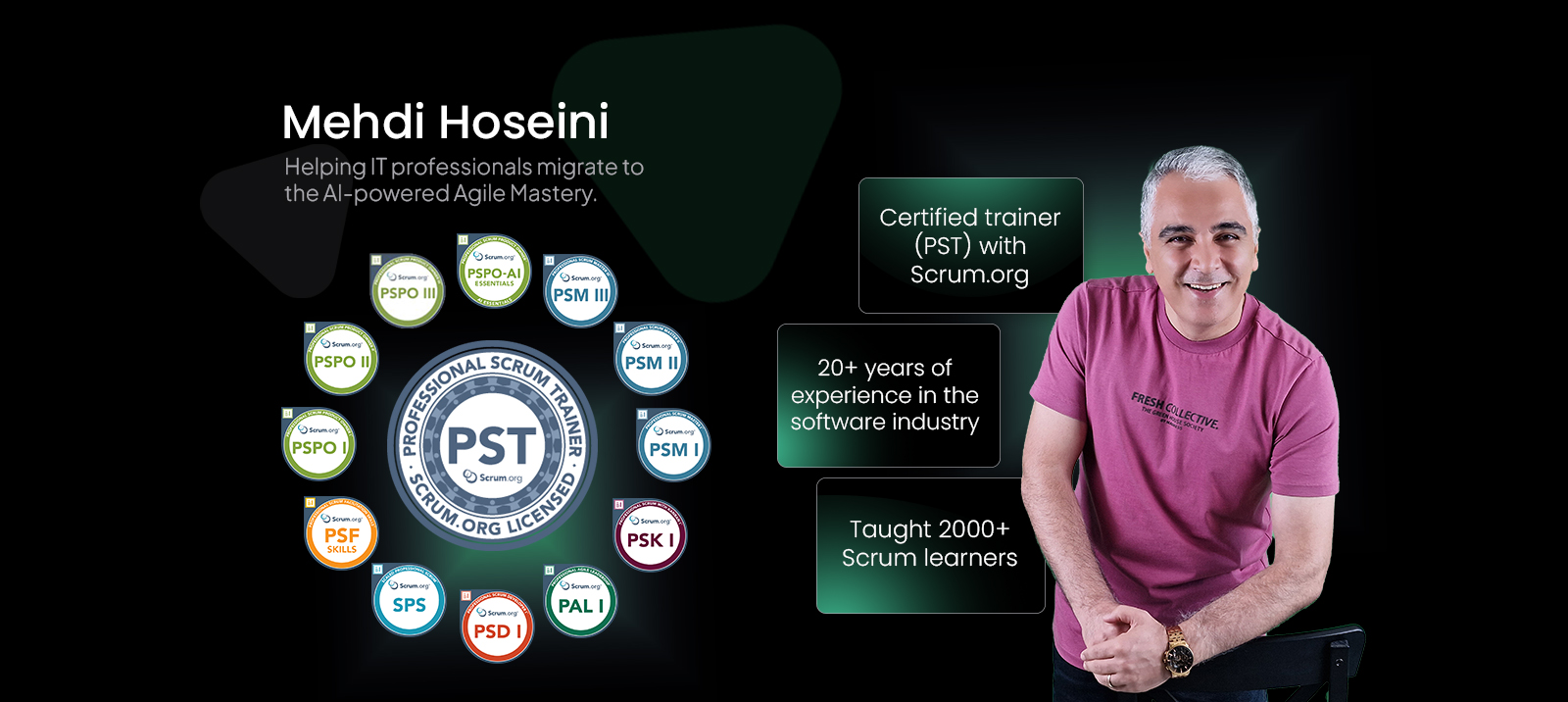
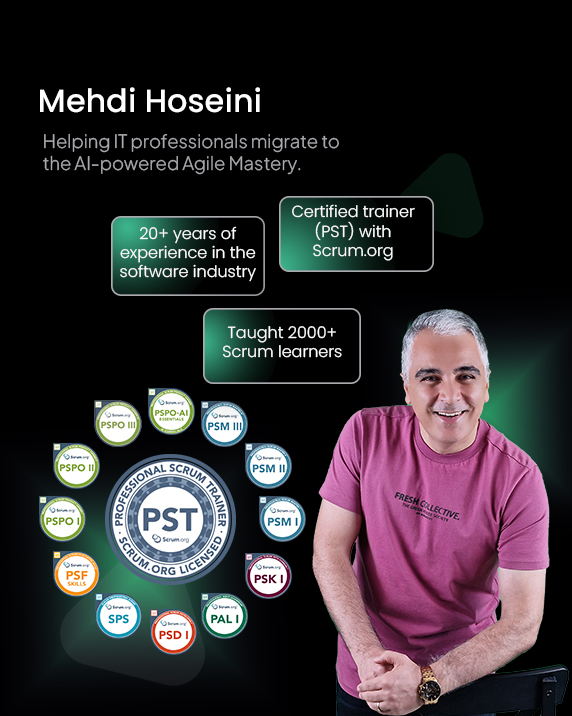
Some work by the trainer
Some words from my clients
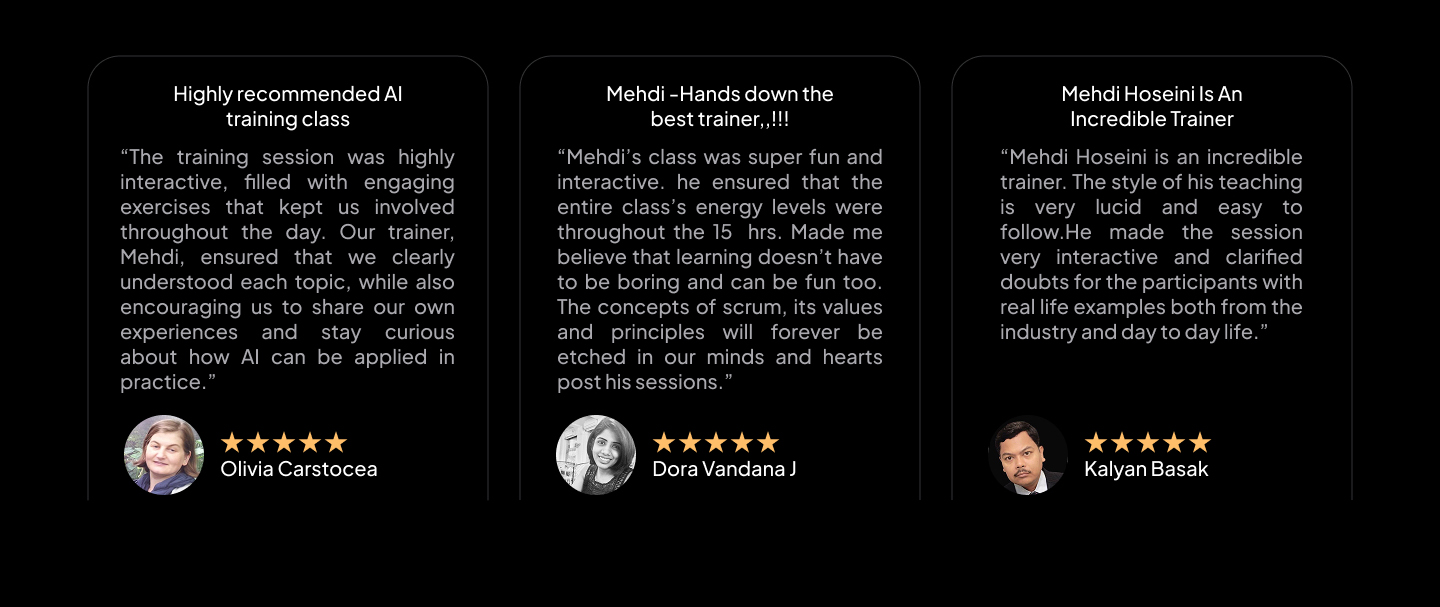
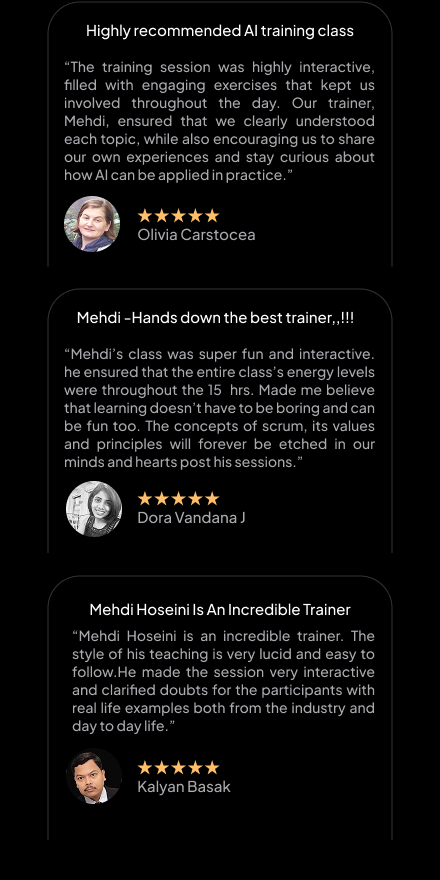
Extra Bonus
Register for at least one class and receive all my AI and Scrum quick booklets
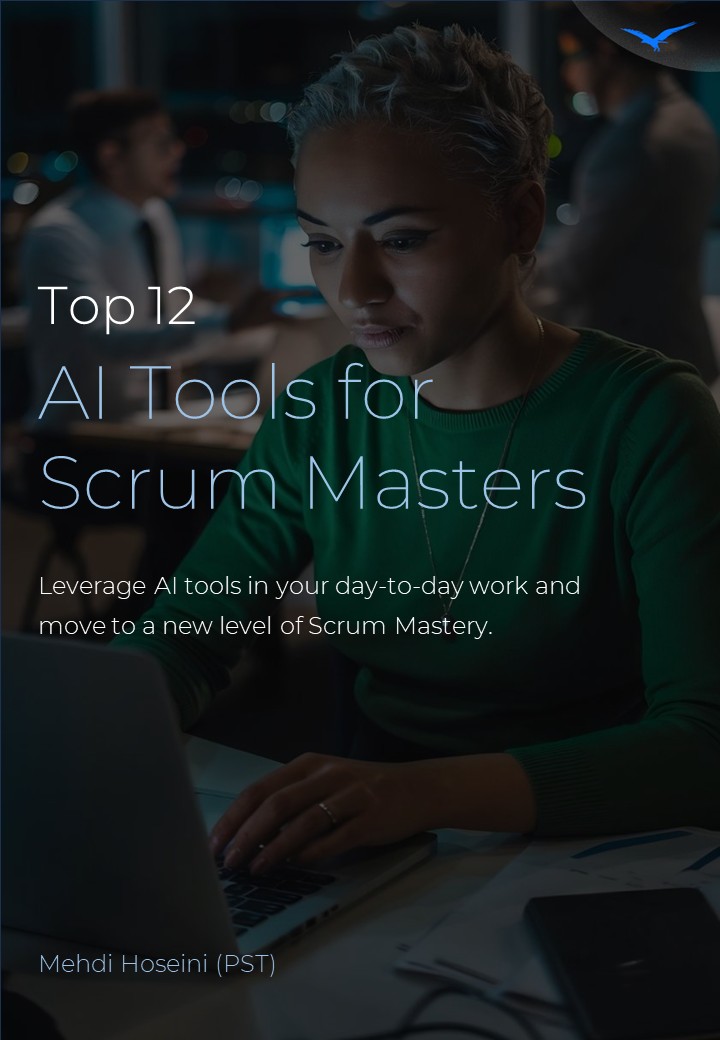
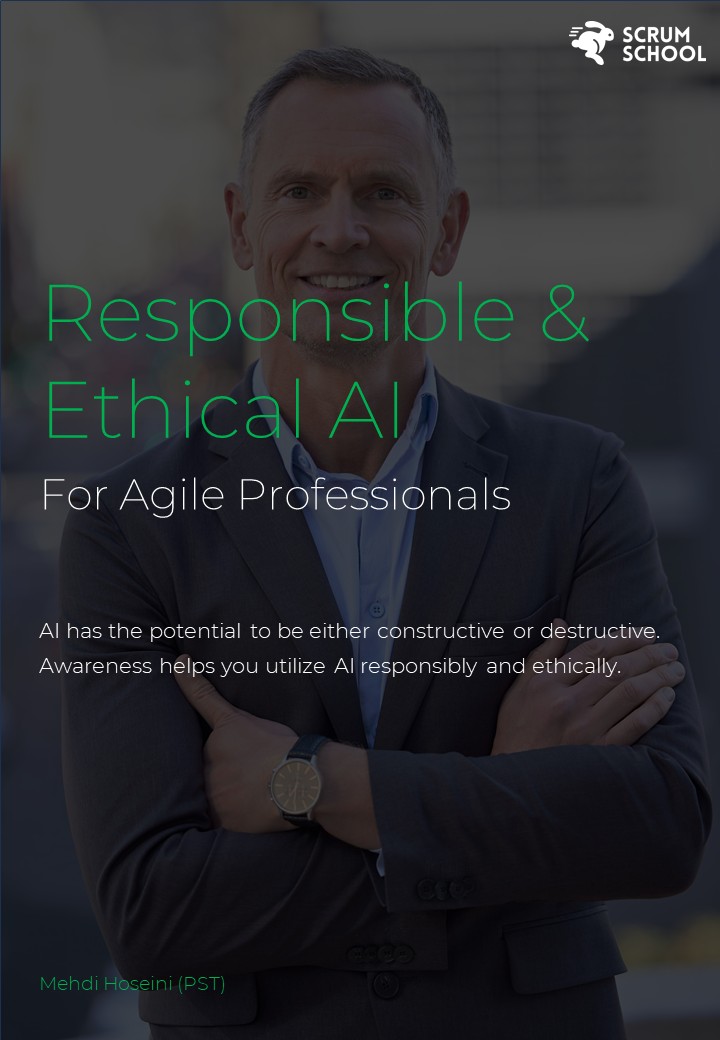
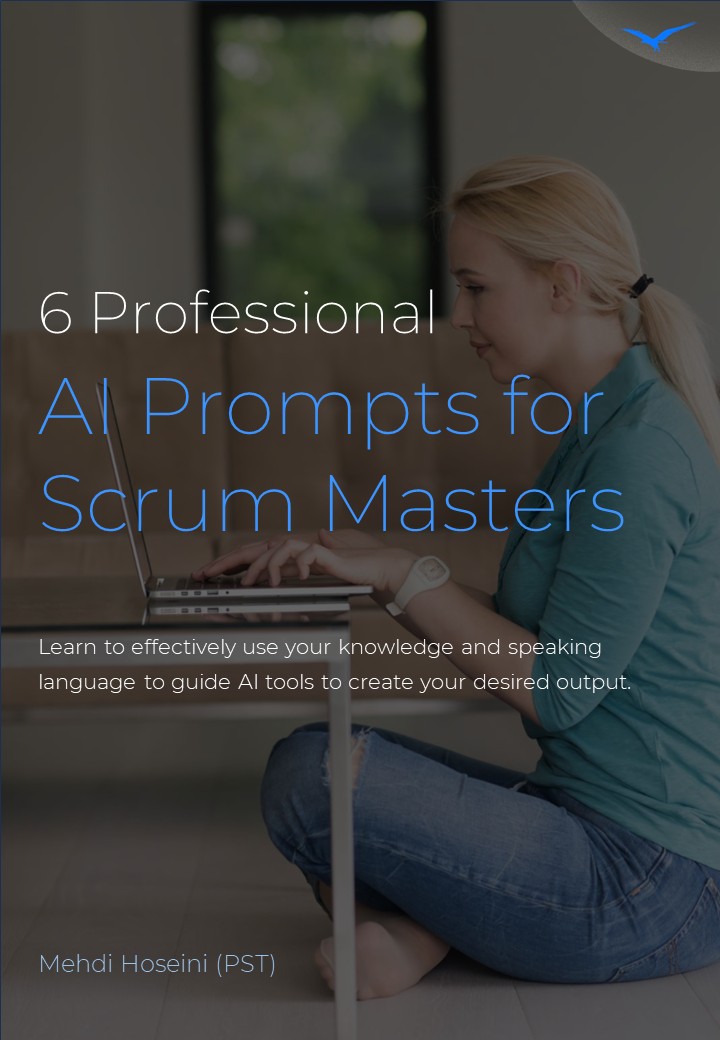
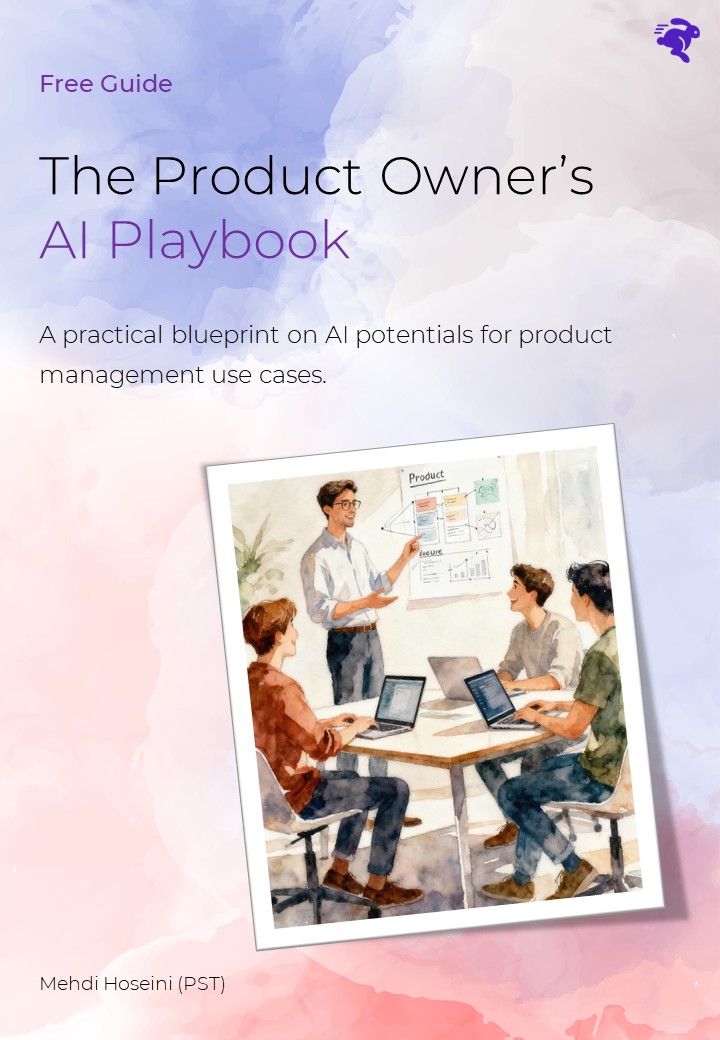
Lernee

By visiting this website, you agree to terms and conditions and privacy policy.
Netherlands
Plein 2000, Huizen, North Holland, 1271 KP
Email: [email protected]
WhatsApp: +31610005689
All rights reserved to Lernee. Copyright © 2025
